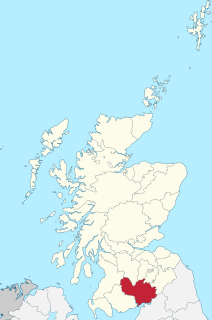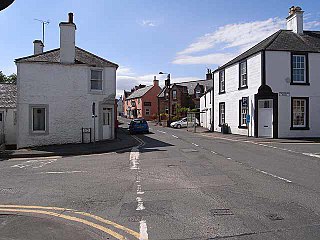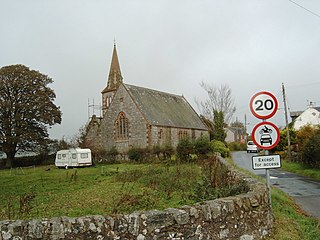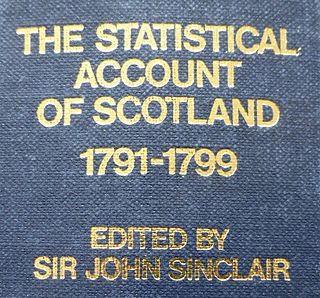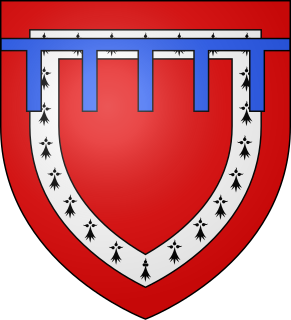This article needs additional citations for verification .(July 2016) (Learn how and when to remove this template message) |
James Shaw was born in Barrhead on 22 April 1826. After a career as a calico printer Shaw undertook training as a schoolmaster and after a brief period of employment in Dovecothall School, in the lower part of Abbey Parish, Barrhead, he took up an appointment in Tynron Parish School, in Dumfriesshire, where he remained until his death in 1896.

Barrhead is a town in East Renfrewshire, Scotland, 13 km (8.1 mi) south-west of Glasgow on the edge of the Gleniffer Braes. At the 2011 census its population was 17,268.
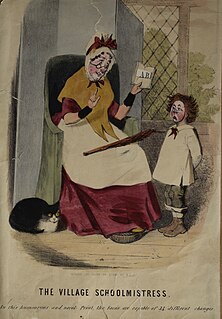
The word schoolmaster, or simply master, refers to a male school teacher. This usage survives in British independent schools, both secondary and preparatory, but is generally obsolete elsewhere.

Tynron is a village and civil parish in Dumfries and Galloway, south-west Scotland, lying in a hollow of the Shinnel Water, 2 miles (3.2 km) from Moniaive.
Shaw's extensive writing was gathered together into a single volume, A Country Schoolmaster, [1] by Robert Wallace, Professor of Agriculture and Rural Economy at the University of Edinburgh. In this volume Shaw's extensive thoughts on nature, science and the arts are brought together.

The University of Edinburgh, founded in 1582, is the sixth oldest university in the English-speaking world and one of Scotland's ancient universities. The university has five main campuses in the city of Edinburgh, with many of the buildings in the historic Old Town belonging to the university. The university played an important role in leading Edinburgh to its reputation as a chief intellectual centre during the Age of Enlightenment, and helped give the city the nickname of the Athens of the North.
Shaw was a member of the Dumfriesshire and Galloway Natural History and Antiquarian Society, [2] wrote for various newspapers including the Dumfries Herald and corresponded with some of the great thinkers of his age including Charles Darwin [3] and George Henry Lewes.

Charles Robert Darwin, was an English naturalist, geologist and biologist, best known for his contributions to the science of evolution. His proposition that all species of life have descended over time from common ancestors is now widely accepted, and considered a foundational concept in science. In a joint publication with Alfred Russel Wallace, he introduced his scientific theory that this branching pattern of evolution resulted from a process that he called natural selection, in which the struggle for existence has a similar effect to the artificial selection involved in selective breeding.

George Henry Lewes was an English philosopher and critic of literature and theatre. He was also an amateur physiologist. American feminist Margaret Fuller is known to have called Lewes a "witty, French, flippant sort of man". He became part of the mid-Victorian ferment of ideas which encouraged discussion of Darwinism, positivism, and religious skepticism. However, he is perhaps best known today for having openly lived with Mary Ann Evans, who wrote under the pen name George Eliot, as soulmates whose lives and writings were enriched by their relationship, though they never married each other.
